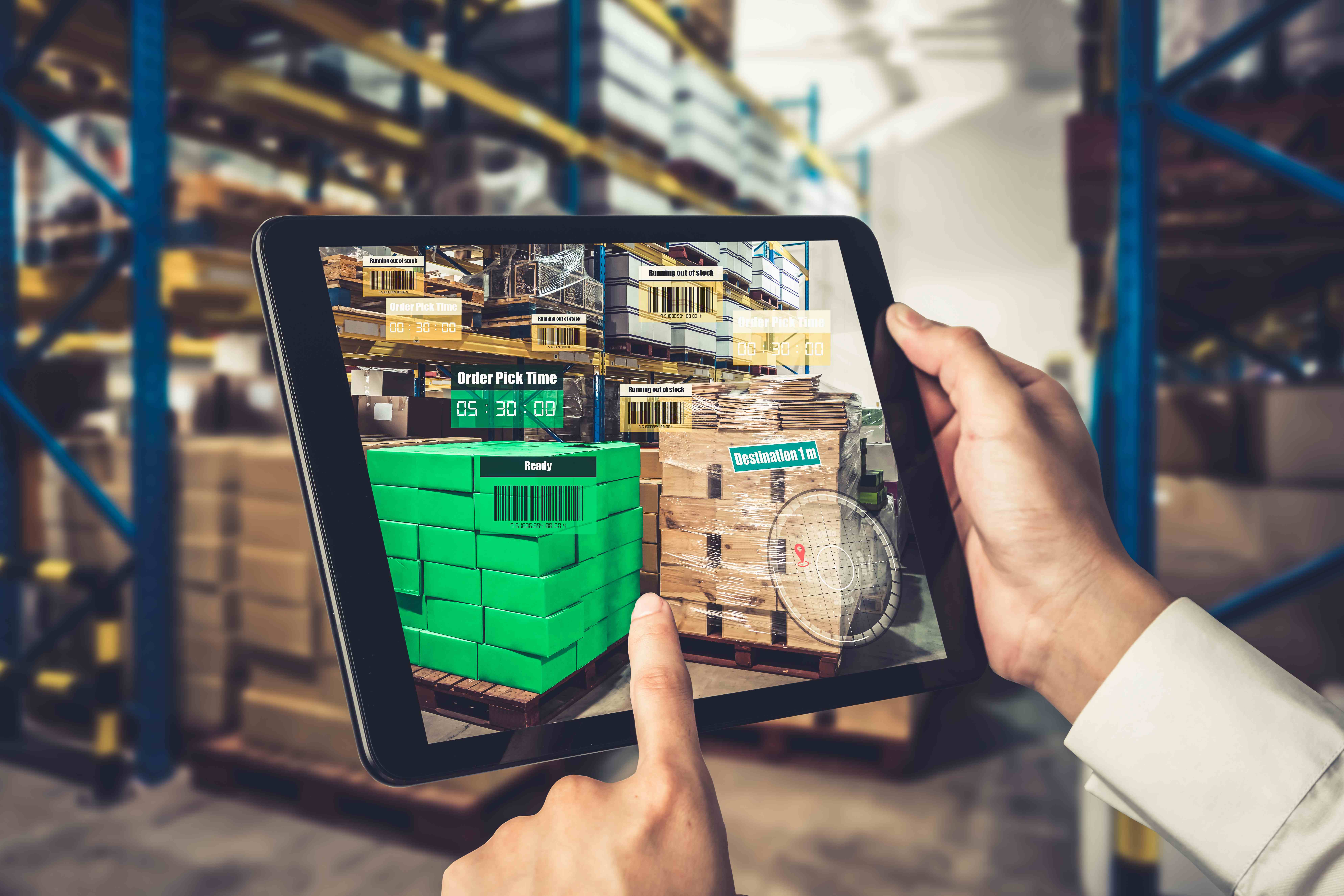Supply Chain Issues In the Industry for the Next Decade



As per Gartner’s recent survey, 61% of apparel supply chain leaders consider technology a major source of competitive advantage. Many believe technology is a strategic stature for supply chain industries.
This report shows that technology plays a crucial role in the evolution of supply chain logistics. Here it is important to understand that the disruptions caused in 2020 are the ones that most brands were unfamiliar with. As the pandemic seems to be inching towards an end, there are newer challenges that companies need to handle to succeed in the highly competitive eCommerce marketplace.
In light of this, a move to electronic commerce, a surge in consumer trust, pent-up demand, and accumulated savings all combine to create a huge potential for online brands. After 2020, global supply chains (in some ways) have been able to get back on foot.
However, a number of supply chain issues persisted into 2021, complicating issues for retailers. Things like port congestion, factory holdups and extreme weather catastrophes were among the most frequent supply chain difficulties in 2021. 2022 has its own set of challenges that retailers are trying to overcome with consistency and sound strategies.
Last-Mile Delivery
As per Business Wire, 4160 parcels were shipped every second in 2020. The report estimates that parcel package shipping will double, exceeding 266 billion in 2026, up from 131 billion in 2020. So it's reasonable to claim that this is the decade's biggest supply chain issue.
Companies continue to focus on last-mile delivery while testing deliver-from-store, in-store pick-up, and locker options to meet rising customer expectations. However, without the route density of the top three competitors, FedEx, UPS and Amazon, last-mile delivery becomes expensive.
Environmental concerns and exorbitant expenses related to last-mile delivery may lead to the development of super-compact, high-density distribution centers on city blocks. These are autonomous, vertically aligned areas where retail deliveries are processed overnight and made accessible for customer pickup. In the future, these areas will also provide restocking services to reduce the burden of return orders.
As a result, businesses will need to restructure their supply chains to transport small loads over shorter distances rather than the more prevalent high-volume long-distance routes.
Consumer Behavior
Consumer behaviors have shifted dramatically and will continue to do so, This includes reduced delivery time thresholds and increased the desire for a pleasant customer experience. Having a flexible apparel supply chain that can use automation to maximize fulfillment and easily meet increased demand is a challenge.
Digital Transformation
Digital transformation and IoT may have both positive and negative effects on supply chain operations. Therefore, a number of technological advancements, including artificial intelligence, robotics and drones, electric cars and on-demand delivery, have the potential to improve how we approach the conventional supply chain.

Implementing them throughout an organization's current supply chain activities is a challenge. Implementing these technologies requires effort and organizational reconfiguration, especially when dealing with several warehouses or omnichannel retailing. However, if supply networks are to remain competitive, they must constantly change.
Cybercrime
Cybercrime will continue being one of the biggest concerns confronting all organizations in the future, irrespective of how eager we are to integrate technology into the supply chain. It's crucial to understand the potential manifestations of this and the appropriate courses of action to address such problems.
One of the most precious resources in any organization is data, which is rising in value. The hazards connected with data theft will become more obvious as supply chains start to include significantly data-reliant components.
Supply chain managers must concentrate on safeguards against both the theft of priceless data and the exploitation of that data to obtain unauthorized access to automated systems. To survive dangers like ransomware and Distributed Denial of Service (DDoS) assaults, industries will need to collaborate closely with cybersecurity professionals.
Inflation
There is a good probability that inflation will increase during the next ten years and become a major supply chain issue. Although the United States has been the subject of much discussion on inflation, quite a few other nations are currently experiencing high levels of inflation in recent years.
Businesses need to be ready for cost increases connected to the acquisition of raw materials, finished goods, as inflation continues rising. As a result of these rising expenses, product-based businesses may experience surplus inventory, rising cost of storage, narrower profits and decreased income.

A distinct difficulty in the future would be to accept inflation as a fact while attempting to reduce its effects. Understanding how inflation impacts your particular business and then taking the necessary action can help you combat it and get through these difficult times.
Solutions to Overcome Supply Chain Issues
Last-Mile Delivery Effectiveness
To successfully transport last-mile packages, high-density companies like Amazon will first take market share. Second, last-mile deliveries in fairly populated areas will be made by autonomous, small delivery vehicles. Finally, in metropolitan areas, client pickup takes the position of last-mile delivery.
Diversify Sourcing
A brand's success is frequently attributed to its ability to easily access goods and supplies while retaining revenues, expanding its consumer base, and fostering innovation.
Offer Flexible Access
It is advisable to take into account a flexible line of credit that may be utilized to stock up on annual or perennial commodities in the growing market and pay for expedited manufacturing/shipping given the significant ebbs and flows of inventory that are anticipated in the upcoming months.
Protection from Malicious Activities
Collaboration across industries is becoming more widely acknowledged as arguably the most effective weapon against cybercriminals. People that work with these technologies are frequently able to contribute to the development of robust solutions that increase the industry's resilience.
Improve Demand Foretelling
Using automation to compute data is always the greatest method to enhance forecasting. To avoid stockouts or inventory shortages, e-commerce companies are always attempting to strike a balance between their product availability, storage expenses and client demand.
Maintain Resiliency
The most successful retailers are those who maintain their resiliency in the face of supply chain issues. Because of its reputation for flexibility, Fashinza is better able to respond to unanticipated events and execute strategic pivots as needed. This might entail developing more effective solutions for challenging issues relating to your product, technology, branding and other areas.
Find Alternate Shipping Ports
To accomplish your fulfillment demands and stay on time regardless of unanticipated occurrences or sudden increase in client orders, hedge your risks by looking for other ports.
Conclusion
In order to improve the bottom line and retain clients during the past several years, businesses of all sizes have had to rethink their operating tactics. The apparel supply chain continues to witness unforeseen (and often significant) volatility. This requires apparel brands and manufacturers to adapt in an agile and time-sensitive fashion. Fortunately, in the midst of global crises and supply chain issues/demand surges, brands can strengthen their resistance to future shocks and reinforcing existing flaws.
Our analysis of trends indicates that in the years to come, it will become increasingly crucial for today's supply chain managers to embrace a holistic approach. Hence, you should leverage strategies from companies like Fashinza and our partner brands to stay ahead.

Reach out to experts at Fashinza if you want to minimize the impending challenges in the supply chain industry!



















